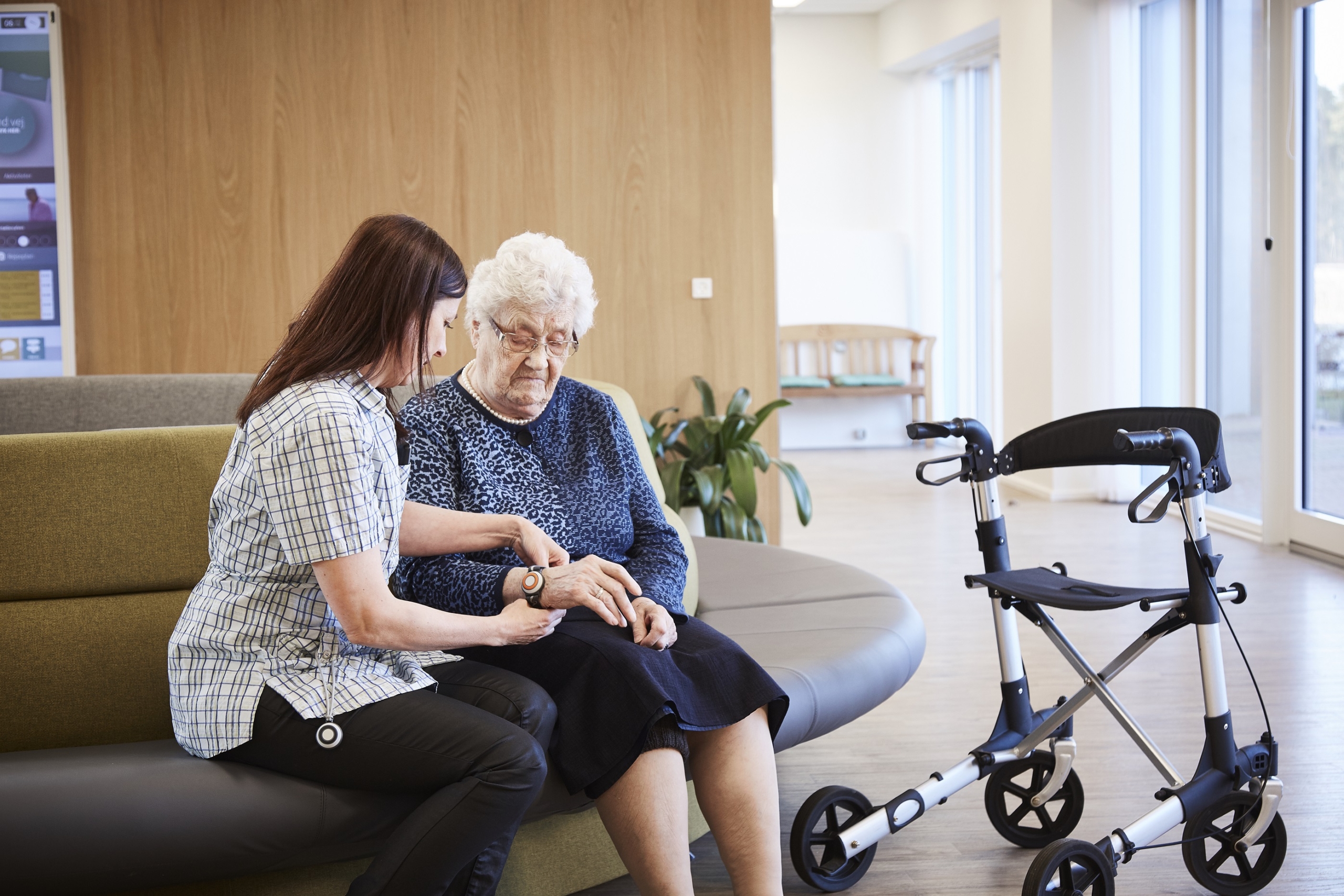The care sector must invest to safeguard for the future
By Zillah Moore, Director at Tunstall Healthcare
The partial easing of lockdown restrictions has been welcomed by every sector, and is a sign that we’re beginning to move towards something resembling life before the pandemic.
However, despite the signs of a return to normality we must continue to tread carefully to ensure further outbreaks of Covid-19 and any health crises which occur in the future don’t once again have a significant impact on carers, vulnerable people, and their families.
Zillah Moore, Director at Tunstall Healthcare, discusses how care providers can use technology to safeguard services for the future and improve the quality of life of service users.
Is it a return to normal?
When news of India’s 20 million cases of Covid hit, and Chile continues to battle the virus even after high levels of vaccinations, we were all reminded of the importance of remaining cautious, adhering to guidelines such as social distancing, and protecting our service users and the health and social care workforce.
This is particularly important for care home operators and people caring for the vulnerable. While care settings have begun to ease out of lockdown and reintroduce visitors, we still cannot consider this a full return to normality, and there is more we can do to improve the resilience of our care system for the longer term.
With the risk of vaccines being less effective in the face of Covid-variants, we must bear in mind that we are still at risk of unique pressures being placed on our health and social care services, such as a potential third wave of Covid-19, a backlog of routine care, and flu season coinciding with other viruses. According to government modelling, there could be up to 30,000 further fatalities due to Covid by summer 2022 which would affect vulnerable people, their relatives, and care staff.
Looking forward
There are a number of things that social care providers can do to increase the resilience of our services, and continue to provide effective care for vulnerable people, particularly those with chronic conditions:
- Embrace technology: Greater investment in technology enables care providers to better provide ongoing and effective care delivery to mitigate the impact of a health crisis, such as Covid-19. Technology can support care homes by enabling staff to work in bubbles to limit the spread of viruses, provide 24/7 health monitoring which can reduce the number of vulnerable people requiring hospitalisation, and benefit the wellbeing of carers as they know the people they care for are constantly monitored and protected. It can also enable care to be more personalised and preventative, as well as making care homes quieter, calmer places to live and work.
- Protecting people at home: It’s not only care home operators that need to consider how to protect vulnerable people. Health and care providers supporting people in their own homes should consider investing in telecare, telehealth and proactive calling to enable greater community-based care. Telecare systems can be tailored to the needs of every person, helping to monitor risks such as falls, and providing 24 reassurance, and enabling them to easily call for help in case of an emergency. Systems can also include proactive wellbeing calls, and monitor an individual’s health remotely, providing preventative care and enabling early intervention. Providing better support to people at home helps people to remain healthier and independent for longer, and reduces the risk of hospitalisation or more expensive care being required.
- Safeguard our services: We must consider our services beyond the pandemic and the benefits that technology can provide longer term. A greater investment in technology within our health and social care services will enable care to become more proactive and clinicians and care providers will be able to detect conditions at a much earlier stage. As we begin to see the next generation of predictive care technology emerge, and more providers use these solutions, we’ll see Population Health Management programmes optimised and able to provide personalised and anticipatory care at a level never seen before.
Investment in technology and collaboration between services is particularly important to ensure we’re able to mitigate the ongoing effects of the pandemic, and are able to effectively meet the challenges that continue to arise including delivering care for chronic conditions, staff burnout, and the emotional impact on vulnerable people and their loved ones. The more prepared our services are, the better care is provided which keeps people healthier for longer, meaning they will be better protected should another health crisis occur.
As we build back better after COVID-19, proactive and preventative technology can help us look to the decades ahead with confidence and safeguard our services for the future. Investing in technology will enable us to fulfil the aims of the NHS, and enable care to become more community-based. This is a unique moment when we must continue to build on the audacious legacy that makes the NHS and social care provision the very best of Britain. We must seize it.
For more information, please visit www.tunstall.co.uk
For more information on PfH’s Telecare & Telehealth framework, click here.





